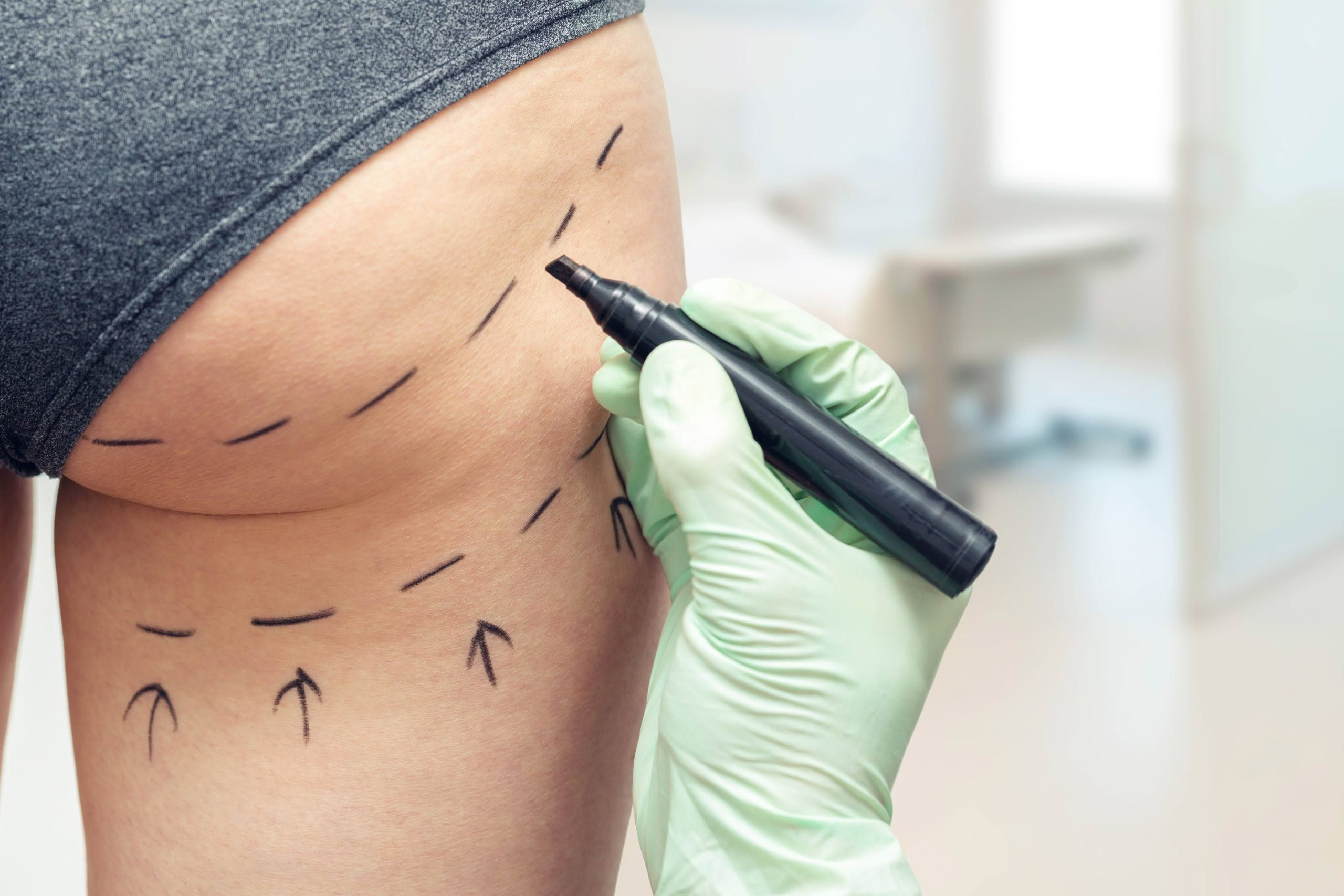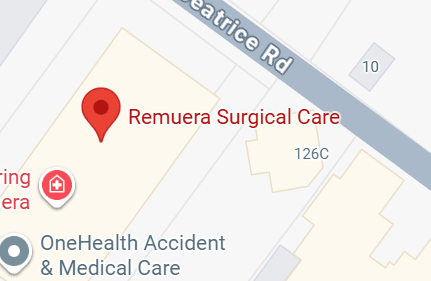These procedures are performed to remove excess fat from the thigh or upper arm area.
Thigh Lift/Brachioplasty
Surgery to reshape and naturally enhance your figure
Please give us a call to discuss your options or to book an initial consultation with Dr Greenbaum.
Frequently asked questions
Am I a good candidate for Brachioplasty or a thigh lifting procedure?
This is best decided during a consultation, but if you have redundant hanging folds of skin and subcutaneous tissue in the upper arms or inner thighs, are within 5-6 Kg (10 – 15 lb) of your optimal body weight, in good physical and mental health with realistic expectations, then you may be an appropriate candidate.
What should I expect from my consultation?
During your consultation, I will take a full medical history and ask you about any diseases you have suffered, as well as any previous surgery you may have undergone. I may need to write to surgeons who have operated on you in the past to discover what you have had done, so the more detailed information you can bring with you, the better.
I will examine you completely, then focus on the skin folds that you wish to have improved to assess the size, symmetry and shape of the excess skin and subcutaneous tissue in these areas. I will also look at the quality and elastic tone of your skin.
During your consultation you will learn in depth about the surgery, its advantage and disadvantages, and we will discuss your particular needs and concerns.
My aim throughout will be to understand your expectations and determine whether I can achieve them.
Finally, I will take standardised-view photographs in order to help plan and discuss your operation.
What is involved in the surgery?
Before surgery, you will meet and be assessed by your anaesthetist who will prescribe you medications for your comfort and to lessen anxiety if need be.
Before your operation I will review what we have planned previously, and we will both sign your operative consent forms. Then I will draw with a marker on your skin to help me during the procedure whilst you are asleep.
The operation is performed under General Anaesthesia. Incisions are made along the inner border of the arm in a natural crease, extending from the armpit to the elbow for brachioplasty and between the lower groin and knee for a thigh lift. The excess skin and subcutaneous tissue are separated from the underlying muscle and fascia and removed. At the end of the procedure, whilst still under anaesthetic you will be placed in a compression garment which helps reduce swelling.
After surgery you will be monitored in a recovery area. You may have some discomfort following surgery for which you will receive pain relief. You will able and encouraged to walk with help within 8 – 12 hours of surgery to maximize your recovery.
What about my recovery?
Typically, you will stay in hospital overnight after the operation and then most patients are able to go home. When you are discharged from hospital, someone must drive you home and someone must stay with you to assist you the first 24 hours at least after your discharge from hospital.
Following surgery, you must wear a compression garment for 2 weeks, 24 hours a day; 7 days a week (except when washing it or you!) and then during the night for the next 2 -6 weeks – this helps your new skin contour settle in the correct position. Specifically, immediately after your discharge from hospital, the compression garment should be worn constantly for 3 days (clean yourself with a sponge and water). After 3 days, remove the garment with help, shower and replace it immediately (some people feel dizzy when the garment comes off for the first time, in which case lie down for 20 minutes or so)
What about my return to normal activities?
Walk little (to begin with) but often; move your ankles up and down every few minutes, several times each whilst you are resting and avoid crossing your ankles whilst you are in bed.
Take all your prescribed medications carefully according to the instructions. Try and breathe deeply. Eat little and often.
Plan on at least 6 – 8 weeks to recover fully. Expect to feel sore and bruised in the areas treated for 5 – 10 days. Even if you feel fine, please take your prescribed pain medication regularly during this period so as to minimise your symptoms and to help you move around and stay active – there is absolutely no advantage to experiencing pain rather than take your medication and potentially, it may do you great harm and hamper your long-term recovery and final result.
You will have buried, soluble stitching which will dissolve and doesn’t need to be taken out.
In response to any form of surgery, the body retains fluid as part of the initial healing process which can last for 2-3 weeks, so do not expect the final result to be visible immediately – indeed, you may feel that you look worse! Ultimately though, you will notice a better shape and contour in and out of clothing, rather than a significant diminution in weight.
What about scarring?
Swelling and bruising can be noticeable for many months afterwards and you won’t see the final result for at least 6 months. Itching and numbness are not uncommon in the area(s) treated and should resolve gradually after several weeks.
It will take at least a year for the scars to mature and fade from red to pale pink (or whatever is your normal skin colour). New scars benefit from friction-free massage (using Vaseline, for instance, to lubricate the massaging process). Beginning to massage scars two to three weeks after surgery, will help them mature, soften and flatten faster than if left to their own devices.
New scars should be protected from sunlight for 2 years to avoid them pigmenting differently to the surrounding skin and becoming a different colour permanently. Factor 15 sun block should be applied whenever they are exposed – even to a British winter sun.
Scarring may be unsightly and occasionally may become darker, stretched (wider rather than longer), raised (hypertrophic) or grow beyond the bounds of the original incision (keloid). Adverse scarring is rare and is treatable although the final result may not be ideal. Dark skinned races are more prone to all forms of adverse scarring.








